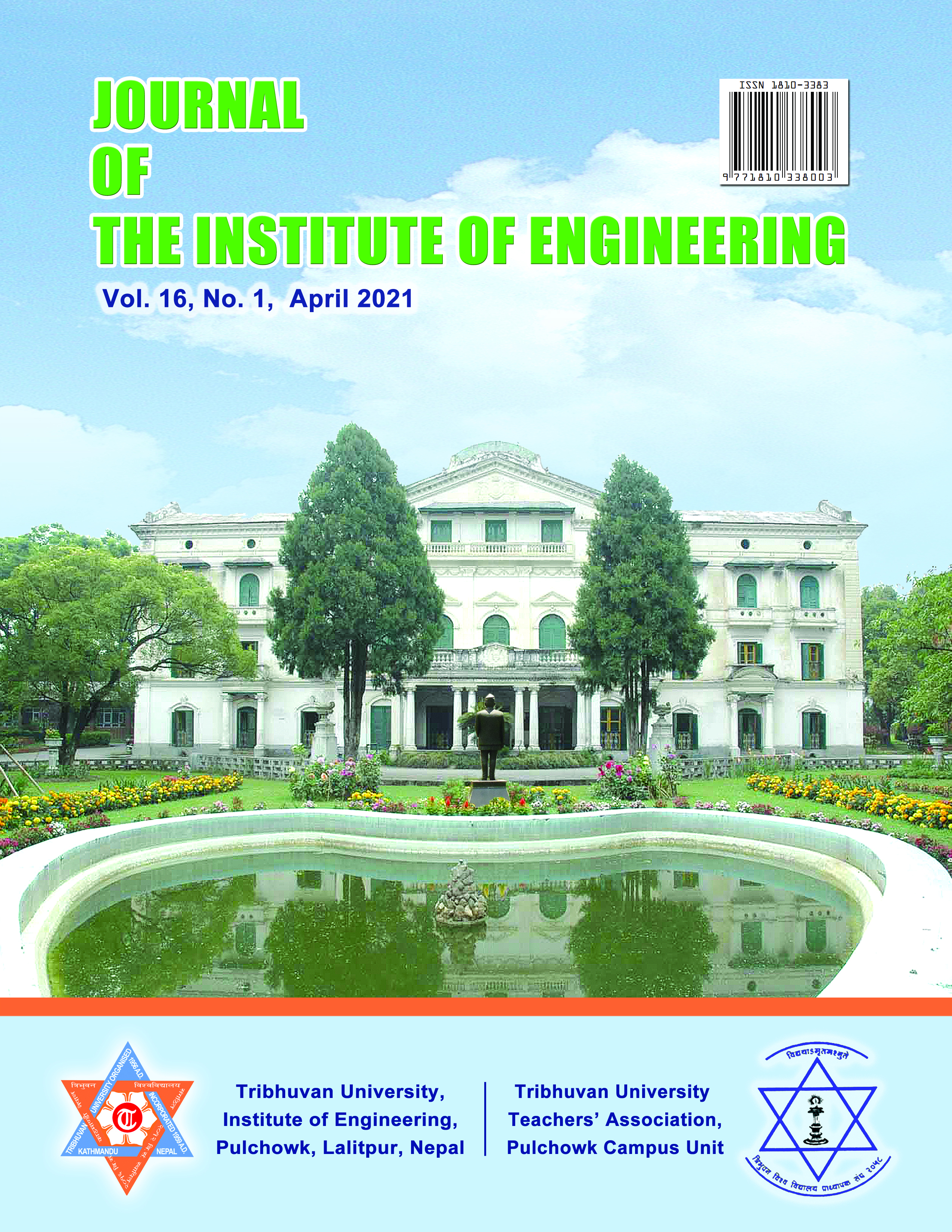VAR Compensation On Load Side Using Thyristor Switched Capacitor and Thyristor Controlled Reactor
Keywords:
Static VAR Compensator (SVC), Thyristor Switched Capacitor (TSC), Thyristor Controlled Reactor (TCR), Firing AngleAbstract
Generally AC loads are the inductive loads which are reactive in nature. Thus, these loads demand and draw reactive power from the supply source. If these loads draw large lagging current from the source, this will cause the excessive voltage drop in the line, which can even cause the voltage collapsing in the line itself if the drop in the line is excessively high. VAR compensation means efficient management of reactive power locally to improve the performance of AC power systems. In this paper, Static VAR Compensator, using TSC (Thyristor Switched Capacitor) and TCR (Thyristor Controlled Reactor) is designed and simulated in MATLAB to maintain the power factor of power system nearly to the unity at all times. TSC and TCR are basically shunt connected capacitors and inductor whose switching (of capacitors) and firing angle control (of inductor) operations are carried out using thyristors. The result shows that the capacitors supply lagging VAR as per the demand by the connected loads and the over compensation due to excess VAR generated by the discrete set of switched on capacitors are absorbed by the adjustable inductive reactance of the inductor in TCR branch through firing angle control mechanism.

